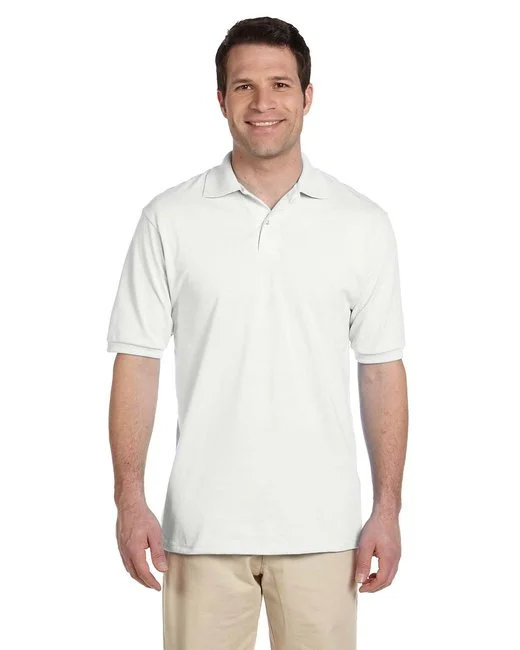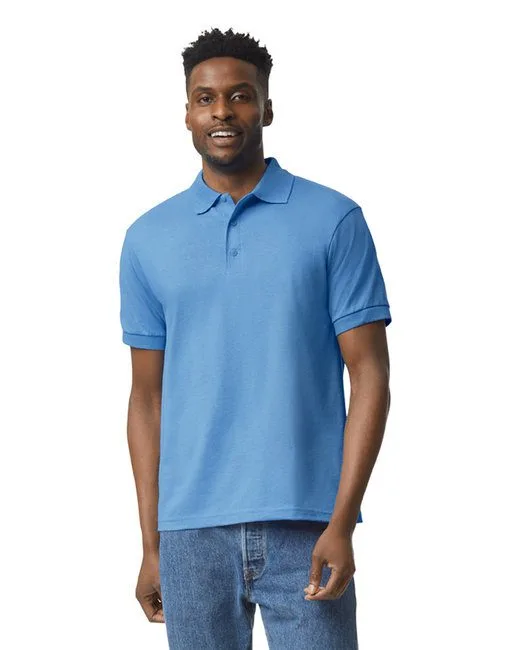Renaissance Faire Outfit Ideas: Create the Perfect Look for Your Experience
Renaissance fairs are events where you can immerse yourself in an era of nobles, peasants, and adventurers. A well-chosen outfit not only reflects the essence of the time but also allows you to fully experience the event authentically. If you’re looking for ideas for your Renaissance faire outfit, whether for a noble or peasant look, this article will help you choose the right attire. Throughout this content, we’ll guide you on how to pick the best outfit, the historical elements that are essential, and how to balance comfort and style.
What is a Renaissance Outfit? Understanding the History and Fashion
Renaissance outfits are inspired by the popular styles of medieval and Renaissance Europe. During this time, clothing reflected a person’s social status, from the luxurious attire of the nobles to the more functional clothing of peasants. Renaissance faire outfit ideas are often based on these styles, but adapted to modernity and comfort. The key is to capture the essence of the era without sacrificing practicality for an event that could last for hours.
The Renaissance was a period of great cultural flourishing, and fashion played a crucial role in identifying social classes. While nobles wore elaborate clothes made of rich fabrics like velvet and silk, peasants wore simpler materials that were equally functional, such as linen and wool. Today, Renaissance faire outfits can be as luxurious or as simple as you choose, depending on the character you want to portray.
The Renaissance and Its Influence on Fashion of the Era
The Renaissance was a period where fashion reinvented itself. The aristocracy and the nobles wore opulent fabrics and expensive jewelry, while the lower classes opted for more functional clothes. These historical trends still influence the Renaissance outfits we see today at fairs.
Nobles’ Outfits vs. Peasants’ Outfits
Nobles’ outfits were typically elaborate, made from fabrics like velvet, silk, and brocade, while peasants used more accessible materials, like linen and wool. Renaissance faire outfits can vary significantly depending on which social class you choose to represent, but the essentials remain rooted in authenticity.
Colors, Fabrics, and Designs Characteristic of the Renaissance
Nobles often wore bright colors like red, green, and purple, which were reserved for the upper class, while peasants opted for more muted tones. Renaissance faire outfits still follow this tradition, but modern fabrics allow for more comfort while maintaining the look.
How History Inspires Today’s Outfits
Today, Renaissance fair costumes are still inspired by the styles of the Renaissance, but with a more accessible and comfortable approach. Elements like capes, corsets, puffed sleeves, and jewelry remain popular, but they are interpreted in a way that allows for greater movement and comfort at events.
Nobles’ Outfits vs. Peasants’ Outfits
As mentioned earlier, noble costumes at fairs tend to be luxurious, with capes and corsets, while peasant outfits focus more on functionality with simple pants and shirts.
Colors, Fabrics, and Designs Characteristic of the Renaissance
Choosing the right colors and fabrics was crucial in Renaissance clothing, and Renaissance faire outfits continue this tradition with a mix of high-quality fabrics, but with more flexibility for comfort.
Renaissance Faire Outfit Ideas: Authenticity and Comfort
When choosing your Renaissance faire costume, the goal is to strike a balance between authenticity and comfort. Renaissance faire outfit ideas should allow you to move freely and enjoy the event without restrictions. For example, a noble look may include a heavy cape, but make sure it’s lightweight and easy to wear. For peasant outfits, choose simpler materials, but equally historical, like linen or wool, to ensure comfort throughout the day.
When choosing a Renaissance faire outfit, also consider the activities you plan to attend. If you’ll be involved in physical activities or long walks, comfort will be key. Avoid overly heavy or stiff costumes and go for styles that allow you to enjoy the event without feeling restricted. Renaissance faire outfit ideas should look good but also make you feel comfortable and free to move.
The Importance of Balancing Historical Style and Comfort
It’s crucial to choose an outfit for Renaissance fairs that combines both historical style and comfort. Opt for natural materials and ensure the outfit fits your body well. Renaissance fair costumes don’t have to be uncomfortable. In fact, many costumes from the period were quite tight, but modern designers have successfully balanced that historical style with options that are much more comfortable and breathable.
Also, by incorporating historical elements with a modern twist, you can make sure your Renaissance faire outfit is flexible enough to allow you to participate in activities without sacrificing the historical look. Keep in mind that Renaissance fairs often include events like dances or jousts, so comfort in your costume is essential.
Choose Comfortable Pieces Without Sacrificing Style
Comfort doesn’t have to compromise style. Look for historical pieces that allow for breathability and freedom of movement, like linen shirts, cotton pants, and lightweight capes. Renaissance fair outfits can be as comfortable as they are stylish, without losing the essence of medieval fashion.
How to Combine Historical and Modern Elements
The key is to incorporate historical elements (like capes and corsets) with modern details that enhance comfort, like tailored pants or easy-to-walk-in boots.
Types of Outfits for Different Characters
The Renaissance offered a wide variety of characters, from nobles to peasants, each with their unique style. Renaissance faire outfit ideas allow you to choose the character that best suits your style.
Peasant Outfits: Rustic and Realistic
Peasant costumes are simple and practical. You can combine linen shirts with cotton pants and leather boots.
Noble Outfits: Elegance at Court
A noble Renaissance look typically includes long capes, corsets, and elaborate details. Remember, luxury lies in the details, like jewelry or velvet fabrics.
Bold and Diverse: Pirate and Adventurer Costumes
If you prefer something less traditional, a pirate or adventurer costume allows for more creativity with bright colors and eye-catching accessories.
Personalizing Your Renaissance Faire Outfit: Make It Unique!
Personalizing your Renaissance faire outfit is a great way to reflect your unique style while maintaining historical authenticity. From choosing colors to adding accessories, every detail should be thought out to represent your personality while celebrating the Renaissance style.
Renaissance faire accessories, such as hats, jewelry, brooches, and belts, are essential for giving your look that unique touch. Feel free to add personal symbols or colors that have meaning to you.
How to Reflect Your Personal Style in Your Outfit
The key is to incorporate elements that define you, whether it’s a favorite color, a specific design, or a unique accessory. Make your Renaissance faire outfit personal and memorable.
The Role of Accessories in Personalization
Renaissance faire accessories like necklaces, rings, and belts are key elements for personalizing a costume. They add a personal touch and can make your outfit stand out.
What Elements to Add to Make It Inimitable?
Small details, such as antique buttons, embroidery, or personal symbols, can make your Renaissance outfit stand out from the rest.
The Key Accessories for Your Renaissance Look
Accessories are essential for completing any Renaissance fair costume. Hats, boots, and jewelry add layers of authenticity and elevate the style you want to project. Medieval accessories, such as capes or leather gloves, also help enhance your costume’s functionality while giving it a luxurious feel.
Essential Elements to Complete Your Outfit
To complete your Renaissance faire outfit, don’t forget to add some key accessories, such as a medieval hat, a leather belt, or a decorated cape. These details aren’t just essential, they also enhance your style.
Hats, Belts, and Boots: Details That Make the Difference
Medieval hats are a perfect option to give your look character. Combine them with a leather belt and elegant boots, and these accessories can elevate your outfit.
Jewelry and Brooches: Accent Your Character with Style
Jewelry, such as necklaces or brooches, are the final touch to add sophistication to your costume. You can choose Renaissance jewelry pieces that are either authentic or costume jewelry, depending on your preferred style.
Conclusion: Create the Renaissance Costume of Your Dreams
Designing your Renaissance faire outfit is an exciting creative experience. Combine history with your personal style, incorporating the right accessories and making sure your costume is comfortable. Whether you choose a noble look or a peasant costume, the most important thing is that you feel authentic and ready to enjoy the event. Renaissance fairs offer a world full of possibilities for you to create your dream costume!
Share:


Jerzees Adult SpotShield™ Jersey Polo
$11.77 – $16.72

Gildan Adult Jersey Polo
$12.31 – $17.78Most Popular
How to Choose the Perfect Outfit for the First Day of School
Introduction to Preppy Style for School
Introduction to Sneaker Balls: Style and Comfort in One Event
Related Posts
Dinner Outfit Ideas: How to Find the Perfect Balance Between Elegance and Comfort
When it comes to choosing an outfit for a dinner, the challenge is in achieving the balance between elegance and
How to Choose the Perfect Outfit for the First Day of School
The first day of school not only marks the beginning of a new academic cycle, but also an opportunity to
Introduction to Preppy Style for School
Preppy style is a classic in school fashion that has endured over the years. Its origins lie in the private
Introduction to Sneaker Balls: Style and Comfort in One Event
Sneaker balls are taking the fashion world by storm, redefining what it means to dress for an event with class.

